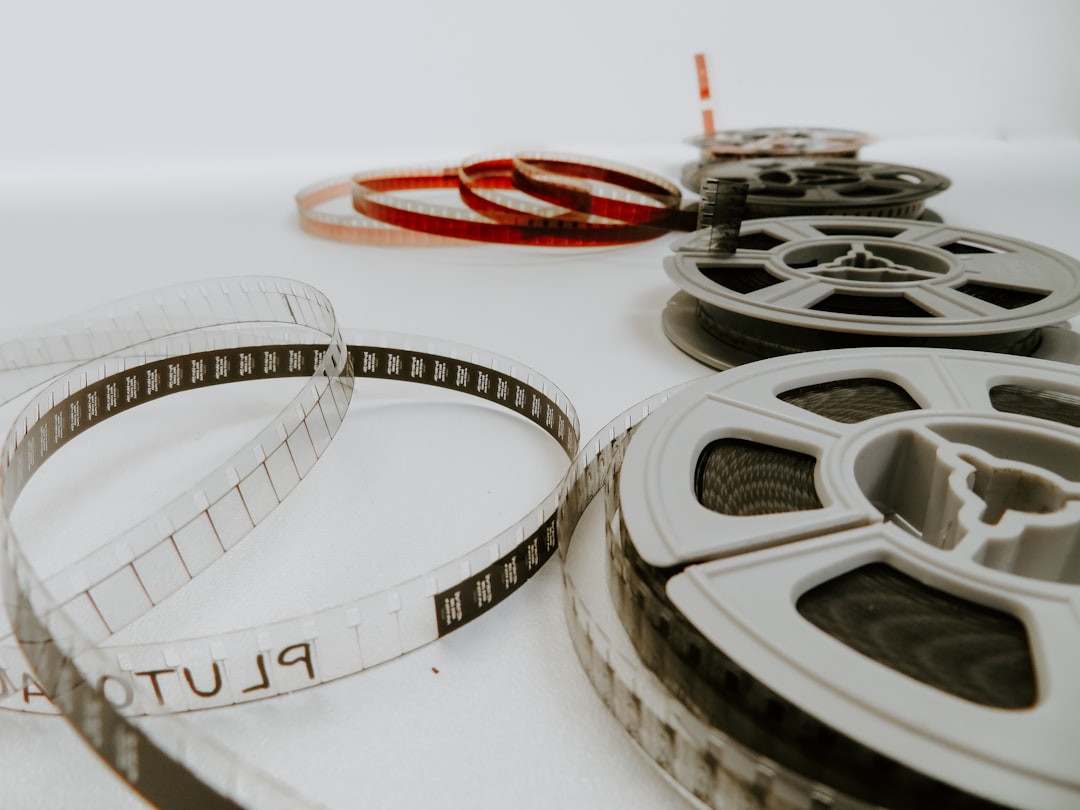Act and Sequence Climaxes breakdown
Whether you’re plotting out a new book or script, or you’re into a revision, your work will go a whole lot faster if you check your plot against the Three-Act, Eight-Sequence Structure. I do this for each draft of my writing process— and also whenever I’m stuck. Sometimes I forget and I have to flounder around for a while until I remember that very simple solution!
So let’s continue with this overview— it’s helpful if you’ve read these posts or the corresponding chapters in the workbooks first:
We know that Act Climaxes were developed thousands of years ago during the Golden Age of Greek Theater -

And Sequence Climaxes were added in the early days of film, when screenwriters used the theatrical tradition of climactic scenes to keep the audience watching and in suspense through the reel changes.

We know these climaxes are Cliffhangers that make the audience or reader rabid to know “What’s going to happen next?”
We know they’ll probably have the element of Spectacle and that they will be Genre-Specific they provide the thrills promised by the genre of the movie (suspense, action, romance, horror, wonder, etc.)
Now we need to get very aware that there are essential STORY ELEMENTS that we tend to see over and over as Sequence and Act Climaxes because they are so big and impactful. And when you start watching movies looking for where these elements fall, you will notice that—
They very, very often come at the same places in a story.
Well, when you’re laying out your own story, that would be sort of useful to know, wouldn’t it?
So let’s break it down.
Here’s the video overview!
Keep reading with a 7-day free trial
Subscribe to Screenwriting Tricks for Authors to keep reading this post and get 7 days of free access to the full post archives.


